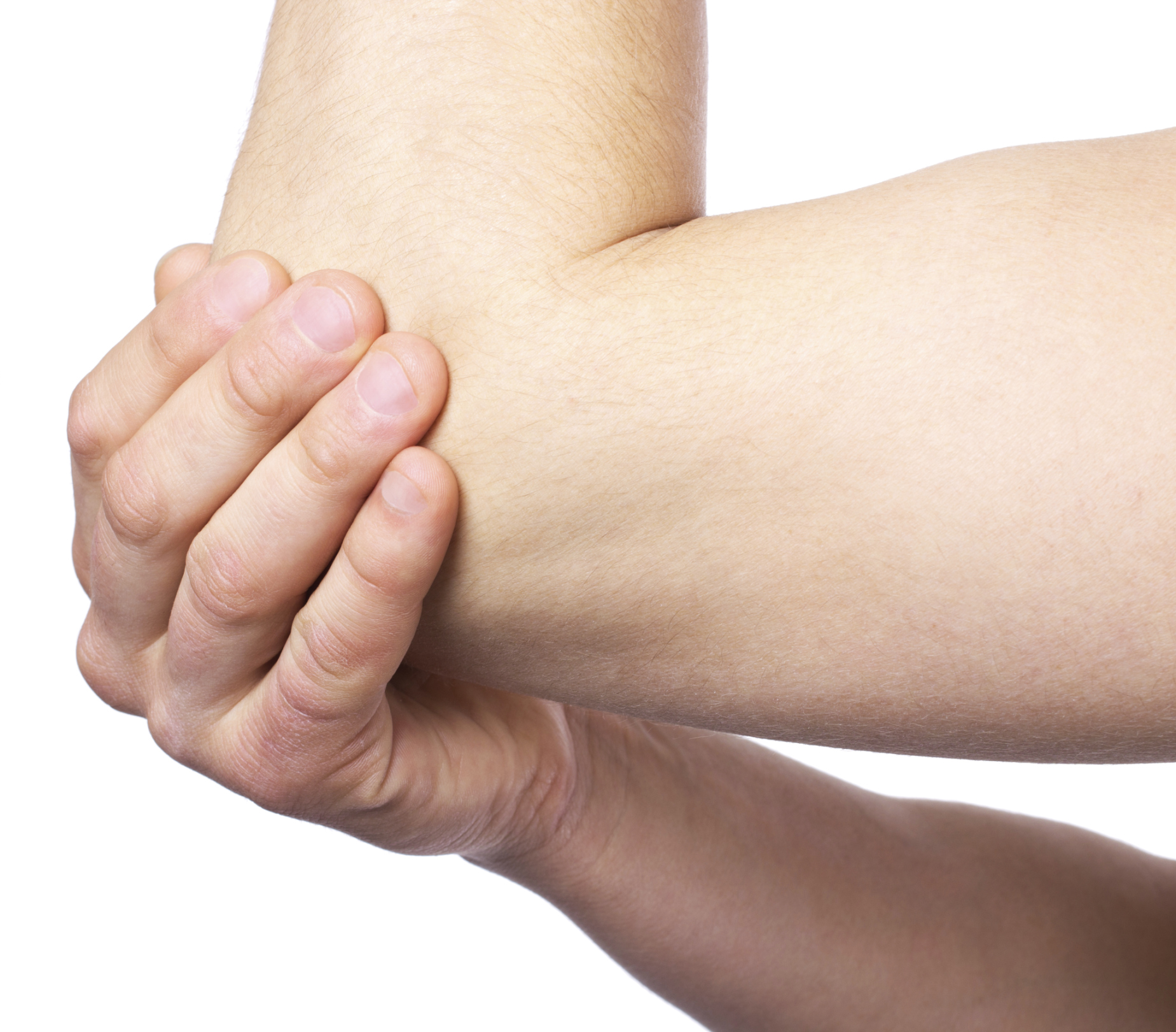If you’ve ever bruised your “funny bone,” you know how potentially painful an elbow injury can be. While elbow injuries are usually only talked about when conversing about the careers of professional athletes, the most common elbow injuries can affect the average human being daily. In order to best take care of your elbows – that all-important part of your arm – it’s smart to familiarize yourself with the signs and symptoms of the most common elbow injuries.
Ulnar Collateral Ligament (UCL)
UCL damage is the plague of the professional baseball pitcher, but it can also happen to any active adult. The UCL is made of three ligaments on the inside (medial) of the elbow, and injury occurs when they receive intense or repeated stress. The most common sign of UCL is pain along the inside of the elbow, though it is also common to hear a “pop” sound followed by pain.
Tennis Elbow
Another injury associated with athletes but that can happen to any active adult is tennis elbow. Tennis elbow happens when the extensor muscles of the forearm are overused. The pain usually starts small, gradually worsening until you are unable to continue to perform the same movement.
Bursitis
Bursitis is an injury that happens when you hit your elbow hard enough to cause it to swell. The swelling can be extremely painful, causing limited mobility in the arm. In extreme cases, the swelling will need to be drained before the elbow can be returned to normal.
Strains
The elbow is usually affected by the strains that occur in the surrounding muscles, such as the biceps, triceps, forearm flexors, and extensors. When any of these muscles are injured, the elbow can also be put out of commission.
Dislocation
A dislocated elbow is an extremely painful ordeal. It happens when the elbow joint is pushed out of its normal position.
If you are experiencing discomfort or pain in your elbow, or you simply notice your elbow looks or feels different than normal, make sure you have it checked out by a trained professional. Early diagnosis and treatment is critical in helping you avoid the worst parts of elbow injuries and hopefully prevent any lasting damage.

